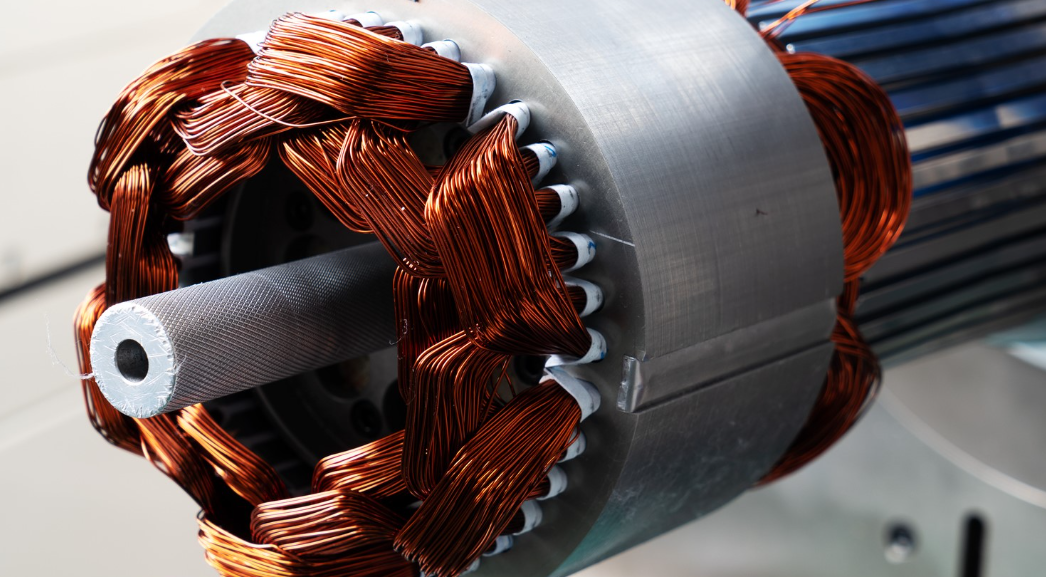Electrical motors are the unsung heroes in the realm of industrial equipment, powering everything from manufacturing assembly lines to the heating and cooling systems within our buildings. For maintenance professionals, these motors represent both a vital component of operations and a potential point of failure. Regular maintenance, therefore, becomes critical to ensure system efficiencies and prevent downtime. This guide will provide maintenance professionals with expert tips to keep their electrical motors running smoothly.
Understanding Electrical Motors
Electrical connectors are dynamic devices that convert electrical energy into mechanical energy, playing a pivotal role across a spectrum of industries, including manufacturing, automotive, and agriculture. The reliable operation of these motors is essential for productivity, making understanding their functionality and potential issues crucial for maintenance staff.
Common Issues with Electrical Motors
Several common issues can afflict electrical motors, reducing their efficiency and lifespan. Overheating, vibration, and bearing failure are among the myriad problems that can occur. Lack of maintenance or improper handling can lead to more serious complications, making the identification and resolution of these problems a priority.
Best Practices for Maintenance
To avoid the aforementioned complications and to ensure that electrical motors operate at peak performance, here are key maintenance practices to adopt:
Regular Inspections and Cleaning
A regular inspection regime is essential to catch issues before they escalate. Dust, debris, and pollution can build up on motor components, potentially leading to overheating or failure. Cleaning should be performed with suitable tools and according to manufacturer specifications to prevent damage.
Lubrication and Temperature Monitoring
Proper lubrication reduces friction, wear, and tear on motor components. Use the correct type of lubricant and adhere to the appropriate schedule to avoid over or under-lubrication. Implement temperature monitoring to ensure motors are not running too hot, which could be indicative of systemic issues.
Testing and Replacing Electrical Connectors
Faulty electrical connectors can interrupt the power supply and contribute to inefficient motor operations. Regular testing and prompt replacement of these connectors can prevent power losses and mitigate risks.
Benefits of Proper Maintenance
A conscientious maintenance plan can yield significant benefits, including:
- Improved Energy Efficiency: Well-maintained motors require less energy to perform at optimal levels, directly impacting operational costs.
- Extended Lifespan of Electrical Motors: Regular maintenance prevents undue wear, extending the lifetime of motors and reducing the need for replacements.
- Cost Savings: While maintenance does incur nominal costs, these are dwarfed by the potential savings from averting major repairs or replacements due to negligence.
Conclusion
By following these tips, maintenance professionals can ensure their electrical motors perform efficiently, providing reliability and durability. The importance of regular maintenance— from inspections and cleaning to lubrication and checking electrical connectors— cannot be understated. Such practices lead to improved energy efficiency, cost savings, and extended equipment lifespans.
Remember, an ounce of maintenance is worth a pound of cure. Investing time into maintaining electrical motors goes a long way in maximizing their efficiency and your peace of mind.
